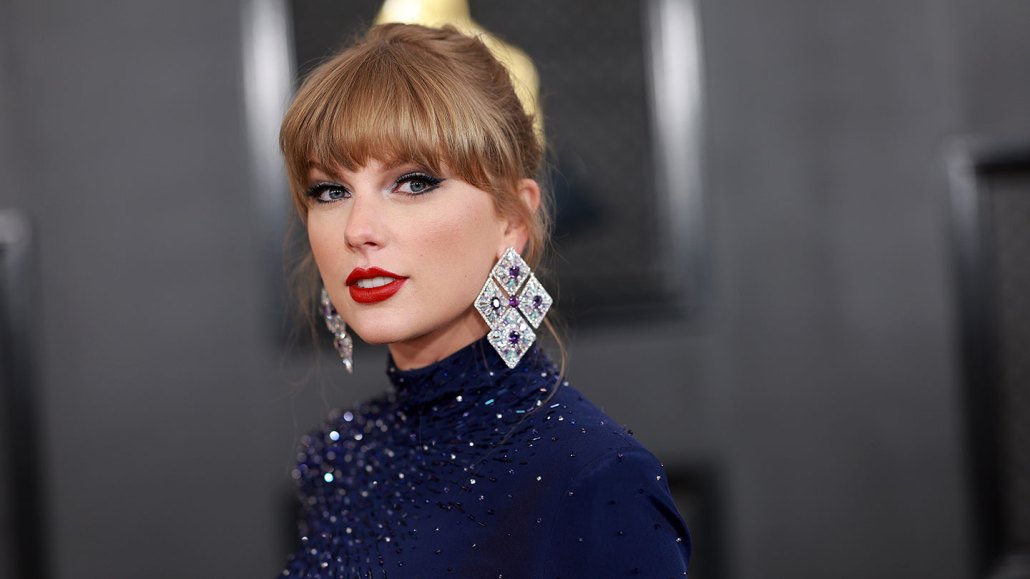Questions for ‘Artificial intelligence is making it hard to tell truth from fiction’

Earlier this year, mega-celebrity Taylor Swift (shown here) became the target of a deepfake disinformation campaign. People circulated compromising and realistic-looking AI-generated fake photos of her on social media sites. Increasingly, such AI-generated fake images, text and video can seem more convincing than the real thing.
Matt Winkelmeyer/Staff/Getty Images Entertainment